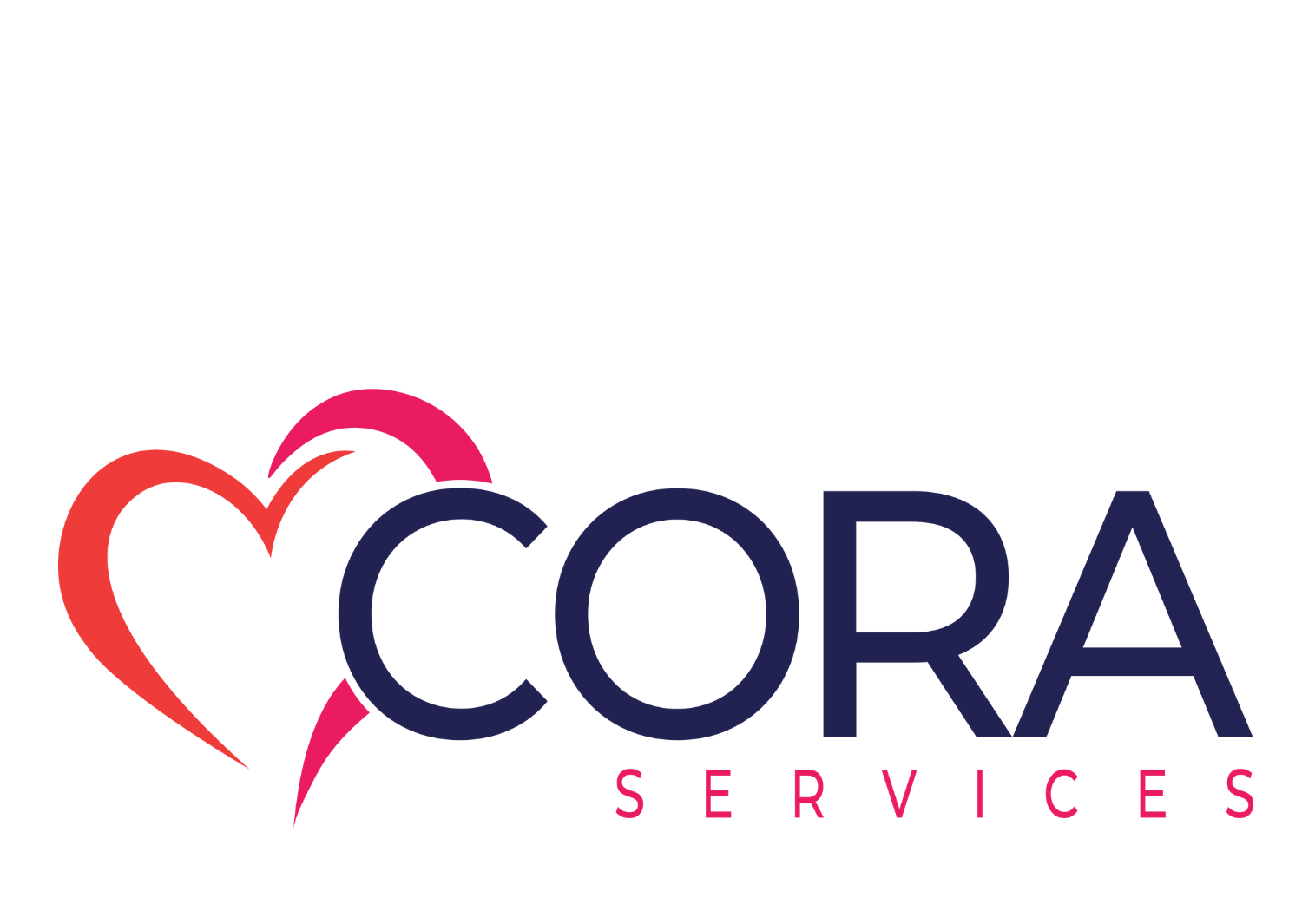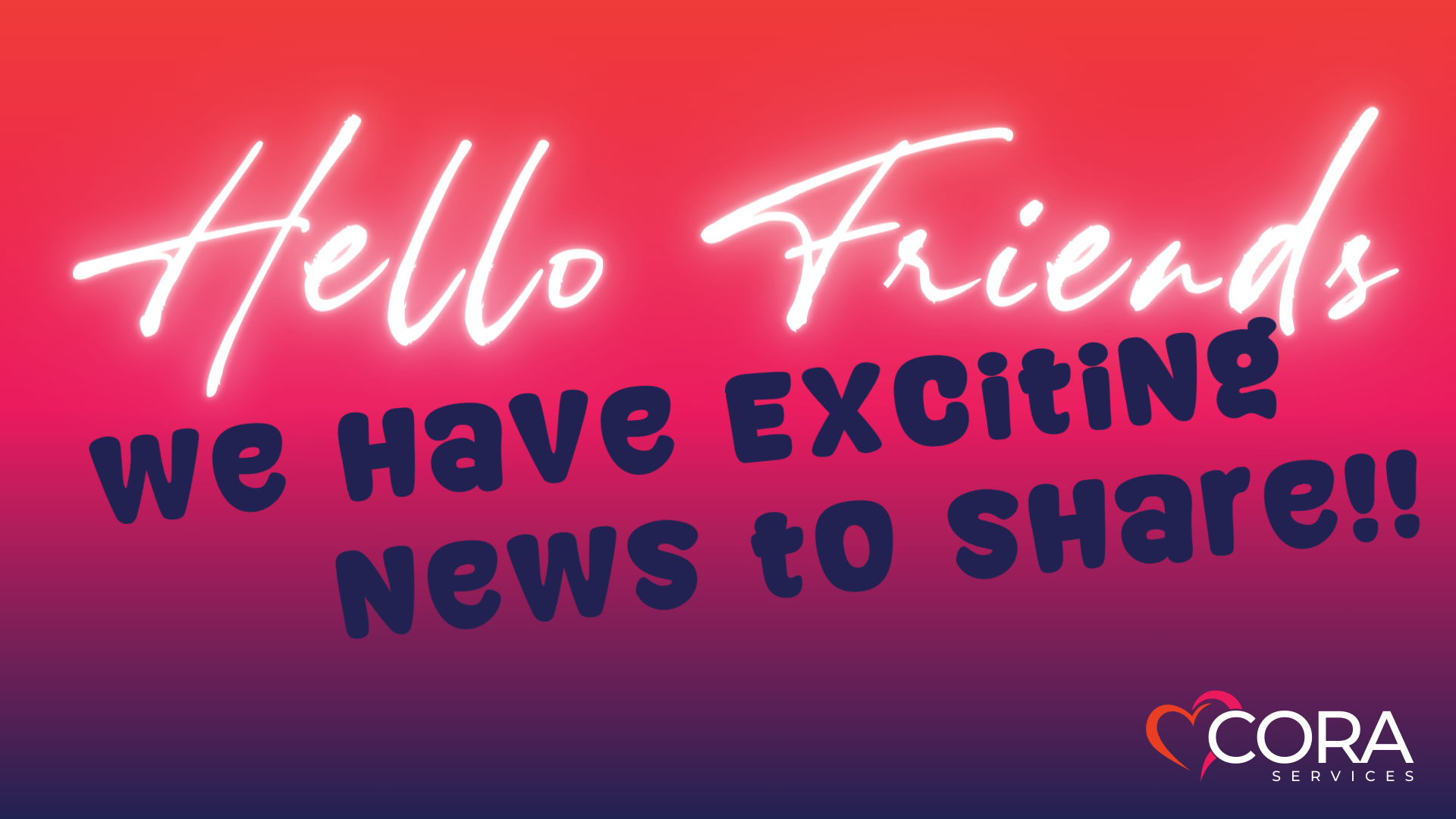 Calm Down! Pay Attention! Stop! Focus! These demands are often made of children across school, home, and community environments. While adults may have good intentions by providing response prompts to help kids pay attention and control their emotions, a critical component is often missing from our efforts. For example, when an adult tells an upset child to “calm down,” the child may be able to identify the Who (“he/she is speaking to me”), the What (“he/she is asking me to calm down”), the When (“I need to do this right now”), and the Why (“because I am crying/yelling, etc.”). But what about the How? Self-regulatory behaviors including paying attention, calming down, and inhibiting behavior or emotional reactions are often demanded of youth, however we fail to provide instruction on how to do so. How can we teach children and adolescents to develop self-regulatory mechanisms? Mindfulness-based strategies are one way to help both children and adults develop these important skills.
Calm Down! Pay Attention! Stop! Focus! These demands are often made of children across school, home, and community environments. While adults may have good intentions by providing response prompts to help kids pay attention and control their emotions, a critical component is often missing from our efforts. For example, when an adult tells an upset child to “calm down,” the child may be able to identify the Who (“he/she is speaking to me”), the What (“he/she is asking me to calm down”), the When (“I need to do this right now”), and the Why (“because I am crying/yelling, etc.”). But what about the How? Self-regulatory behaviors including paying attention, calming down, and inhibiting behavior or emotional reactions are often demanded of youth, however we fail to provide instruction on how to do so. How can we teach children and adolescents to develop self-regulatory mechanisms? Mindfulness-based strategies are one way to help both children and adults develop these important skills.
What is mindfulness?
The pioneer of modern-day mindfulness, Jon Kabat-Zinn (2003), defines mindfulness as, “awareness that emerges through paying attention, on purpose, in the present moment, and non-judgmentally” (p. 145). Mindfulness is a self-regulatory mental state that can be developed and nurtured and entails intentionally directing one’s focus on the immediate experience (Felver, Tezanos, & Singh, 2016; Vickery & Dorjee, 2016). Susan Kaiser-Greenland, the creator of the Inner Kids mindfulness program, explains that mindfulness is, “a process-oriented practice…the polar opposite of the school day during which children are often compelled to direct every bit of their energy to a static, rigid goal” that transforms the mind (2010, p. 24). Mindfulness encompasses a set of skills that can be taught, practiced, and reinforced, and becomes a way for children to increase awareness and skillful responding without engaging in habitual responses (Black & Fernando, 2014).
How does mindfulness work? What are the benefits?
Perhaps the most significant benefit of mindfulness is the improvement of the interrelated processes involved in the prefrontal cortex, which serve to carry out goal-directed activity, also known as executive functions. Engaging executive functioning networks affects meta-cognitive skills like reasoning, self-reflective learning, and self-awareness. Strengthening the right metacognitive networks enables children to make progress across academic, social-emotional, and social domains. These skills are important in the acquisition of learning, including regulation of cognitive (thinking) processes (Vickery & Dorjee, 2016). Because the underlying neural connections in the prefrontal cortex overlap, improvements in one area can benefit other areas of functioning (i.e., social, emotional, behavioral), and so improving executive functions has a wide range of benefits (Flook et al., 2010). Research on school-based mindfulness programs for elementary school students describes benefits such as developing coping skills for stress and anxiety; emotional regulation and balance; raising awareness of habitual activity; encouraging empathy, compassion, and a sense of community; clarity of thought and concentration; better interpersonal relationships; and feeling happier, calmer, and more fulfilled (Brownbridge, 2014).
How can I help my child or student develop mindfulness skills?
The best way to help your child develop mindfulness skills is to first practice and develop them yourself. Children often learn by observing the actions of the adults around them, and so modeling your own use of mindfulness practices can help facilitate your child’s learning. You have to walk the walk to talk the talk! To get started, familiarize yourself with the basic principles and tenets of mindfulness. For example, palousemindfulness.com offers a free 8-week Mindfulness Based Stress Reduction course, providing a solid foundation in mindfulness through articles, videos, and exercises. Similarly, Headspace (which can be accessed online or via a smartphone app) provides short, guided meditations along with animated videos to help you get started on your journey. Headspace also has short meditations designed for children in order to help them calm down, pay attention, and fall asleep. Once you have the groundwork in mindfulness-based practices, you can demonstrate how to use them and provide instruction and practice with your child or student. Keep in mind that practice doesn’t make perfect in mindfulness (there is no “perfect”), but that regular practice is essential in order to build and maintain the positive, healthy brain networks that mindfulness produces. The resources provided below contain easy to read information regarding the development and benefits of mindfulness skills for youth, how to promote your child’s acquisition of those skills, fun family and classroom games/activities to bring mindfulness concepts to life, and a wealth of other valuable information.
• Kaiser Greenland, S. (2010). The mindful child. New York, NY: Atria Paperback, Simon & Schuster.
• Greenland, S. K., & In Harris, A. (2016). Mindful games: Sharing mindfulness and meditation with children, teens, and families. Boulder, Colorado: Shambhala.
• Susankaisergreenland.com
• Mindfulschools.org/resources/explore-mindful-resources/
• Palousemindfulness.com
• Headspace.com
• Happify.com
• Schoolmindfulness.org
 Jessica Listino, EdS, NCSP, LBS, RYT is a Nationally Certified School Psychologist, Licensed Behavior Specialist, and Registered Yoga Teacher. She works as a school psychologist in CORA’s Nonpublic School Services Department. Jessica has completed the Mindful Educator Essentials training of the Mindful Schools Curriculum and she serves on the Programs & Research Committee of the School Mindfulness Project, which aims to bring mindfulness based programming to schools. She provides mindfulness based trainings for educators, in addition to implementing programming in classrooms. Jessica is currently pursuing a doctoral degree in school psychology at the Philadelphia College of Osteopathic Medicine.
Jessica Listino, EdS, NCSP, LBS, RYT is a Nationally Certified School Psychologist, Licensed Behavior Specialist, and Registered Yoga Teacher. She works as a school psychologist in CORA’s Nonpublic School Services Department. Jessica has completed the Mindful Educator Essentials training of the Mindful Schools Curriculum and she serves on the Programs & Research Committee of the School Mindfulness Project, which aims to bring mindfulness based programming to schools. She provides mindfulness based trainings for educators, in addition to implementing programming in classrooms. Jessica is currently pursuing a doctoral degree in school psychology at the Philadelphia College of Osteopathic Medicine.
Learn More at CORA’s Training Center for Professionals
Mindfulness in Counseling at CORA’s Conference Center on March 22, 2019
The knowledge and concepts of mindfulness continue to permeate many disciplines in the U.S. including corporations, schools and education, medicine, and mental health. Mindfulness in Counseling Professional Development Training at CORA Services will focus on the components of being a mindful therapist and maintaining a mindfulness-based practice as a mental health clinician.
Center, Ground, and Become Unwound: Embracing a Mindfulness-Based Practice as a Counselor
References
Black, D.S., & Fernando, R. (2014). Mindfulness training and classroom behavior among lower income and ethnic minority elementary school children. Journal of Child and Family Studies, 23, 1242-1246. doi: 10.1007/s10826-013-9784-4
Brownbridge, L. (2014). Mindfulness in schools: Where governments, education, and mindfulness meet. Natural Life. Retrieved from link. galegroup.com/apps/doc/A372697115/SCIC?u=wheelerschlib&xid=24b84812.
Felver, J. C., Tezanos, K. M., & Singh, N. (2016). A systematic review of mindfulness-based interventions for youth in school settings. Mindfulness, 7, 34-45. doi: 10.1007/s12671-015-0389-4
Flook, L., Smalley, S. L., Kitil, J. M., Galla, B.M., Kaiser-Greenland, S., Locke, J., …Kasari, C. (2010). Effects of mindful awareness practices on executive functions in elementary school children. Journal of Applied School Psychology, 26, 70-95. doi: 10.1080/15377900903379125
Kabat-Zinn, J. (2003). Mindfulness-based interventions in context: Past, present, and future. Clinical Psychology: Science and Practice, 10, 144-156 . doi:10.1093/clipsy/bpg016
Kaiser Greenland, S. (2010). The mindful child. New York, NY: Atria Paperback, Simon & Schuster.
Skinner, B. F. (1964). New methods and new aims in teaching. New Scientist, 122. Retrieved from www.bfskinner.org/wp-content/uploads/2014/02/New-Methods-aims-in-Teach.pdf
Vickery, C. E., & Dorjee, D. (2016). Mindfulness training in primary schools decreases negative affect and increases meta-cognition in children. Frontiers in Psychology, 6, 1-13. doi: 10/3389/fpsyg.2015.02025

